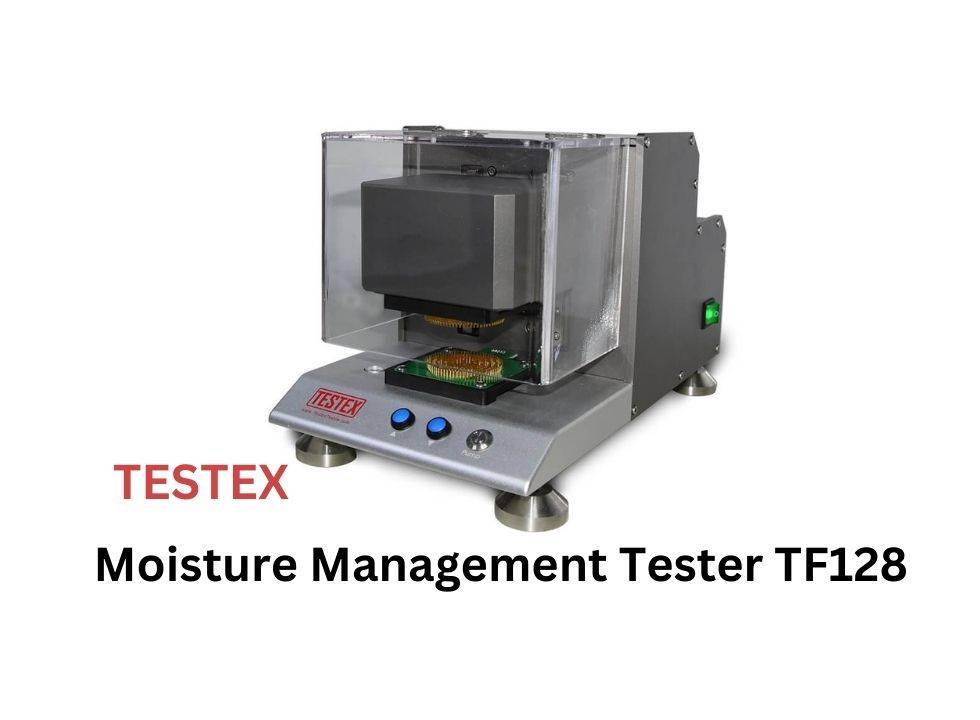
Dynamic Liquid Transport Property of textile
What is a textile?
Textile is a fibers-based material that is converted into threads or cords which is used to make fabric or cloth. It is made from natural or synthetic sources.
Use of textile
The textile can be used to make
- Clothing
- Upholstery
- Ground carpet
- And many more household items like bed sheets, curtains
What are the materials used in textiles?
- Cotton
- Wool
- Silk
- Synthetic fiber
- Polyester and nylon
How textile fibers are produced?
- Weaving
- Knitting
- Felting
The process of making cloth is raw material converted into fiber which is then converted into the thread to fabric to fashion.
What are the types of textile fabrics?
- Natural fibers
- Synthetic fibers
- Woven fabrics
- Kitted fabrics
- Non-woven fabrics
- Technical textile
Properties of textile
A. Aesthetics: Properties relating to visual look and touch sensation
- Flexibility
- Luster
- Pilling
- Wrinkle property
- Shrinking
- Specific gravity
- Thermoplasticity
B. Durability: Properties relating to resistance to wear
- Abrasion resistance
- Strength
- Chemical effects
- Environmental condition
C. Comfort: Relating to physical comfort
- Absorbency
- Elasticity
- Weightage
D. Safety:
- Flammability
Dynamic Liquid Transport Property of textile
The dynamic Liquid Transport Property of textiles is the unique property of textiles that allows transporting the liquid such as sweat and water from the fabric. Due to this property, it helps to keep the textile as well as the body dry. Thus, it also gives a sense of comfortable & non-sticky, to whoever wears it. And fabric becomes lightweight and prevents damage from chafing to the skin.
Dynamic liquid transmission through textiles has a major role in the thermo-physiological comfort of the human body which is maintained by perspiring both in vapor and liquid form. In a hot climate, trapped liquid/sweat heat up and vapor and causes fatigue and irritation. Similarly, in a cold climate, this tapped sweat/moisture will drop the body temperature and causes chills and hypothermia. Thus, the textile's heat and liquid transport properties are key factors for comfort. So, the clothing should allow this perspiration to be transferred to the atmosphere in order to maintain the balance of the body.
Various factors help to retain this dynamic liquid transport property such as types of fibers used, fabric structure, and finish applied to the fabric.
Dynamic Liquid Transport Property of textile includes
- Wetting Time
- Absorption rate
- Spreading speed rate
- Accumulative One-Way Transport Capacity
- Overall Moisture Management Capacity
Machine used to test the dynamic liquid transport properties of textile
There are several types of machines which are available in the market to test The Dynamic Liquid Transport Property of textiles. The most commonly used tester is the Moisture management tester TF128 or MMT
Principle of Moisture management tester TF128 or MMT
Moisture management tester TF128 or MMT basically tests for absorption time and spreading/diffusion rate of sweat by fabric. Absorption rate & Diffusion rate directly affects the comfort of wearing clothes.
It measures the dynamic liquid transport properties of the textile by using the physiologically prepared saline which works as the sweat of humans and measures wetting time, absorption rate, diffusion/spreading diameter of saline on both sides of the textile along with Accumulative One-Way Transport Capacity and Overall Moisture Management Capacity.
This MMT tester is fast and reliable and easy to use. This test can be completed within 2 minutes. Moisture management tester TF128 has two upper and lower multi loops liquid sensors with multiple probes. Drops the saline solution evenly, and this tester measure changes in the resistance of upper and lower liquid sensor probes and records the wetting time, saline absorption time, and diffusion diameter through both sides of the fabric through standard calculated formula by this tester.
Medical importance of the Dynamic Liquid Transport Property of textile:
- It helps to maintain the normal body temperature by proper transport of sweat.
- It is soft to wear which prevents any kind of abrasion or skin burns.

Comments (0)